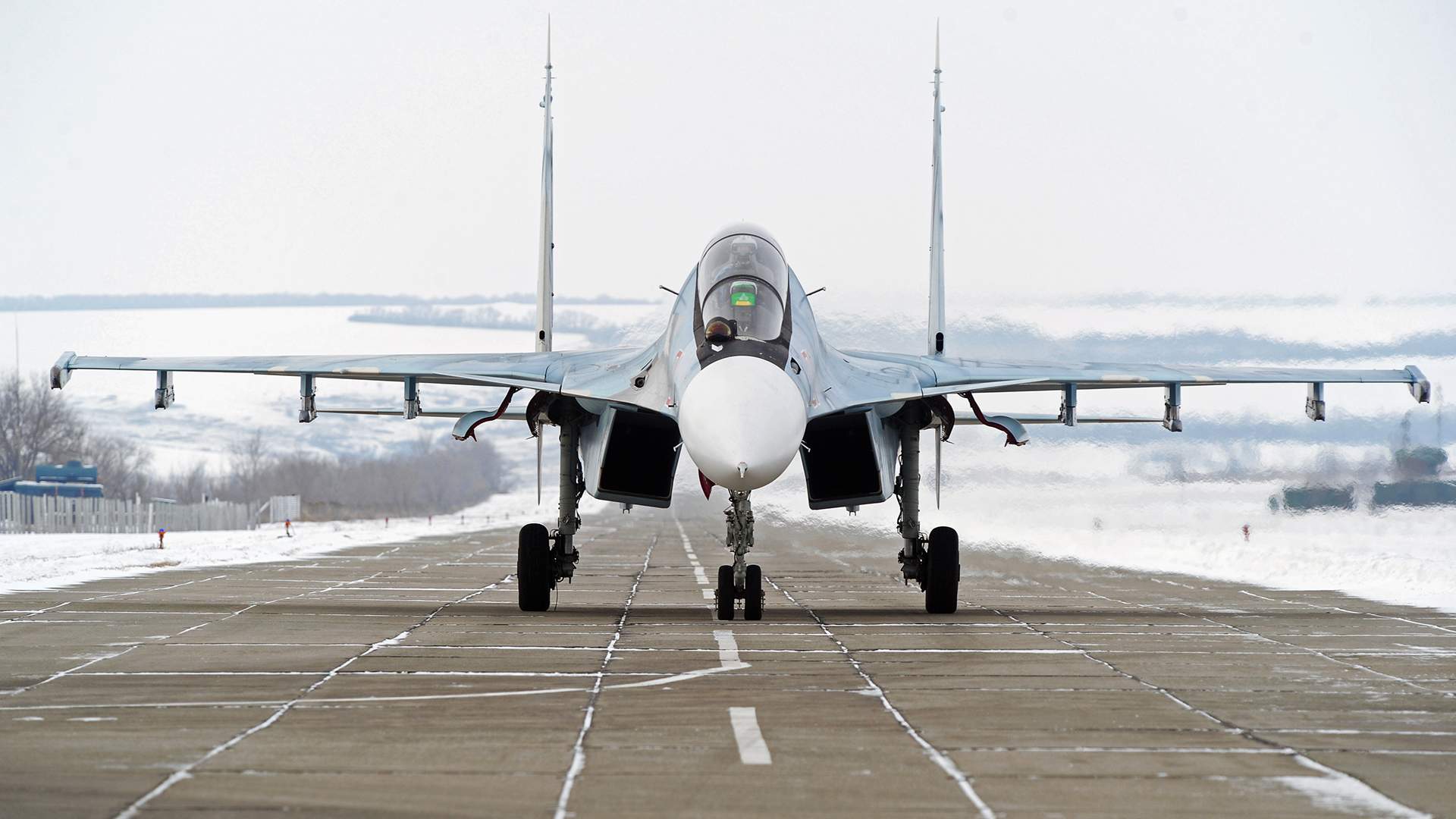Russian troops have worked out the restoration of air bases after massive attacks
Russian military airfields have been tested for resistance to massive strikes. At special exercises, the sealing of craters, the restoration of runways and caponiers were practiced, sources told Izvestia in the Ministry of Defense of the Russian Federation. The maneuvers took place in several regions at once in the western and southern strategic directions. Training on the restoration of airfields is especially relevant due to regular attacks by Ukrainian drones on these facilities, experts believe. In their opinion, the threat from NATO, whose forces have intensified near the Russian borders, should not be underestimated.
In good condition
Special forces of the Russian army have worked out the restoration of military airfields after massive strikes, sources told Izvestia in the Ministry of Defense of the Russian Federation. They sealed up craters, rebuilt runways and caponiers. The exercises were held in several regions at once, including in the western and southern strategic directions. Engineering and sapper units were involved in them. The experience of a special military operation was taken into account, our interlocutors noted.
— From the experience of ITS own, many points can be taken into account: how to protect aircraft from the same drones, how to shelter them, how to provide airfields with electronic warfare equipment, — explained military expert Vasily Dandykin. — A wealth of experience has been accumulated in these matters, and it should be consolidated in the exercises.
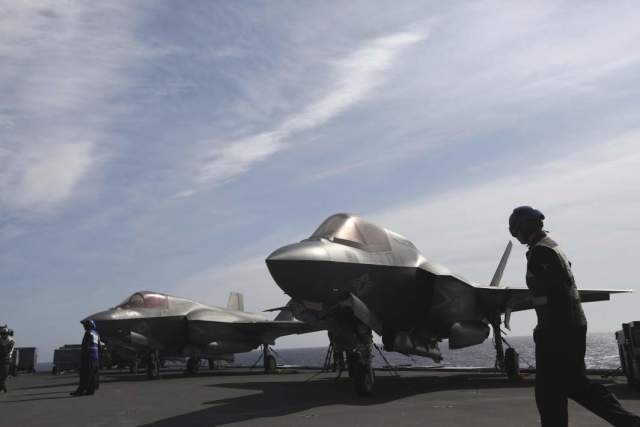
NATO exercises
Image source: Photo: AP Photo/Ana Brigida
NATO's military activity should also be taken into account. There are clear signs that Russia's capabilities are being probed: intelligence is being conducted, troops are being deployed, Poland is building up its army to 300 thousand people, the expert added.
— We must also take into account the fact that NATO maneuvers are taking place near our borders right now with the participation of 90 thousand people, a large number of ships and aircraft (Steadfast Defender 2024. — Izvestia), — said Vasily Dandykin. — They have also become more active in the Arctic. And there are our airfields too — we are deploying them, restoring them, coming back to where we left before. Therefore, we must be ready for anything. The enemies say that they are doing all this "to repel Russia's aggression," but in fact they mean something else.
Izvestia's help
The largest NATO maneuvers in recent decades, Steadfast Defender 2024, began on January 24. They take place in the Atlantic and Europe and will last for several months.
They involve about 90 thousand military personnel, dozens of ships and aircraft. As reported, during the exercises, the scenario of a Russian attack on one of the allies should be worked out.
The airfield service has equipment, units that must promptly restore the runway, in case of fire, take away aviation equipment, military expert Alexey Leonkov told Izvestia.
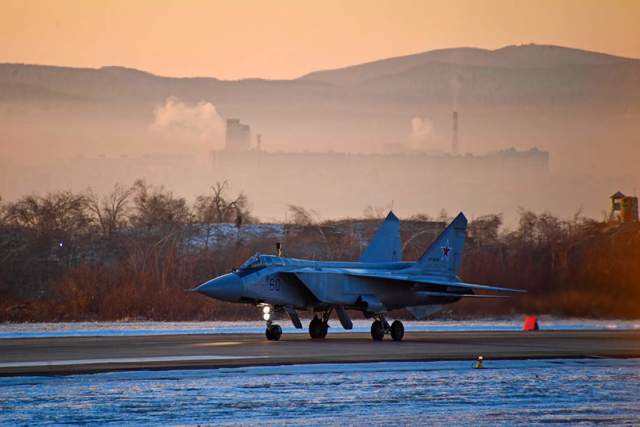
Military airfield in Primorye
Image source: Photo: TASS/Yuri Smityuk
"Such exercises should be conducted on a regular basis, like sailors' exercises to fight for the survivability of a ship," he believes. — These maneuvers are always relevant. If we don't deal with them, we will step on the same rake. Today, Ukraine is trying to attack Russian airfields with drones. What if we run into NATO in the future? They will try to destroy the airfields with the first strike. Therefore, the VKS has spare airfields, jump airfields. All this household must be kept in good condition.
Regular attacks
Since the start of the special military operation, Kiev has regularly used drones to attack Russian cities and infrastructure facilities. Airfields in different regions have been repeatedly hit.
Back in December 2022, Ukrainian drones attacked the airfields of Diaghilev in the Ryazan region and Engels in the Saratov region. According to the Russian Defense Ministry, three servicemen were fatally wounded, and four more were taken to hospitals. In addition, as a result of the fall and explosion of the downed drones, the hull plating of two aircraft was slightly damaged.
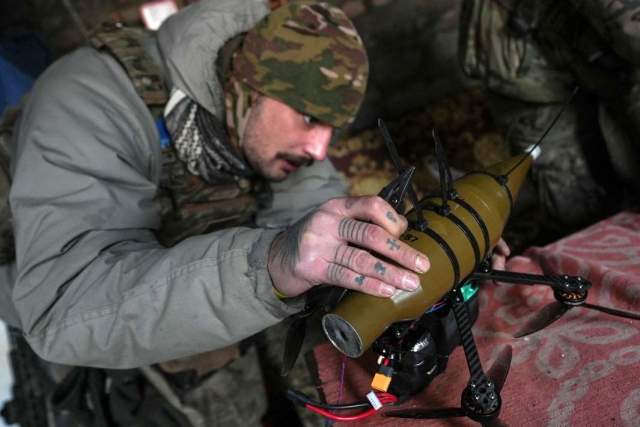
The military of the Armed Forces of Ukraine installs an explosive device on a drone
Image source: Photo: REUTERS/Inna Varenytsia
In early March 2023, a group of ten Ukrainian drones attacked Crimea. The main attack was directed at the airfield in the city of Saki. Russian air defense systems shot down six VFU attack drones, and four more disabled electronic warfare systems.
On August 19 last year, a drone attacked a military airfield in the city of Soltsy, Novgorod region. There was a fire in the parking lot of the aircraft, one of them was damaged, there were no casualties. The drone was detected by the calculation of the airfield's external surveillance post and was hit with small arms.
On the night of August 30, 2023, drones carried out a massive attack on five regions in Central Russia and the Pskov region. As a result, a fire broke out at the airfield in Pskov, where several Il-76 military transport aircraft were damaged.
On January 22 of this year, the Russian military department reported that air defense systems on duty destroyed three Ukrainian aircraft-type drones over the Smolensk region. One of them tried to attack the Smolensk-Severny airfield, but was shot down.
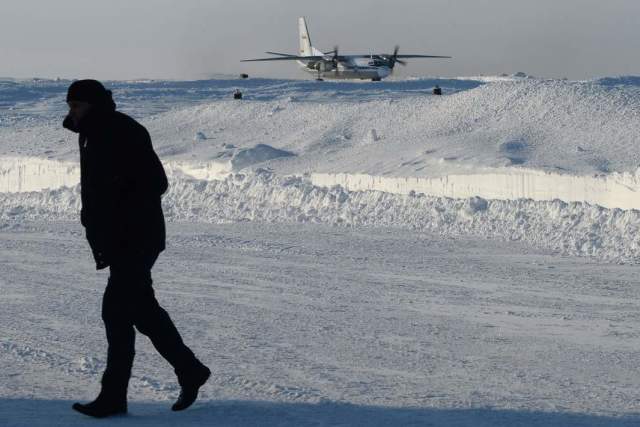
Airfield on Sredny Island in the Severnaya Zemlya archipelago
Image source: Photo: RIA Novosti/Maxim Blinov
In recent years, the Ministry of Defense has been paying attention to the development and strengthening of airfields. In particular, it has launched a comprehensive reconstruction of the northern airfields on the mainland and the polar islands. One of the largest projects is the transformation into a year—round Nagurskaya base on the island of Alexandra Land in the Franz Josef Land archipelago. Due to the extremely harsh climate, heated hangars are being built at this world's northernmost airfield for the storage and maintenance of air equipment. A town is being built in the village of Tiksi to accommodate a new air defense division armed with S-300 anti-aircraft missile systems.
In December last year, the commander-in-chief of the Navy, Admiral Nikolai Evmenov, said that a set of measures was being carried out in the Arctic zone to restore the airfield network. Airfields that can be used by military and civil aviation all year round are being reconstructed.
Roman Kretsul
Alexey Mikhailov
Andrey Fedorov
